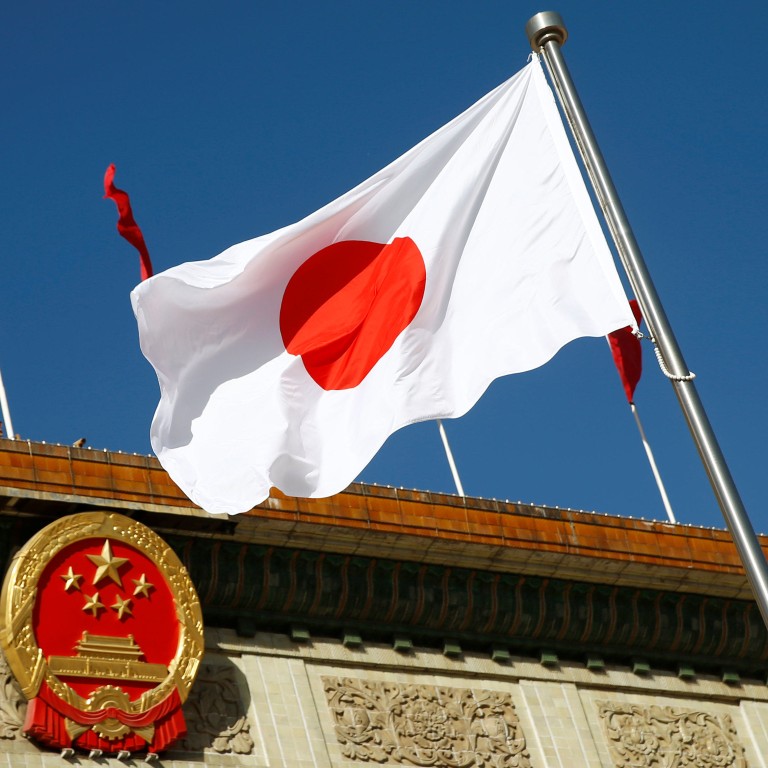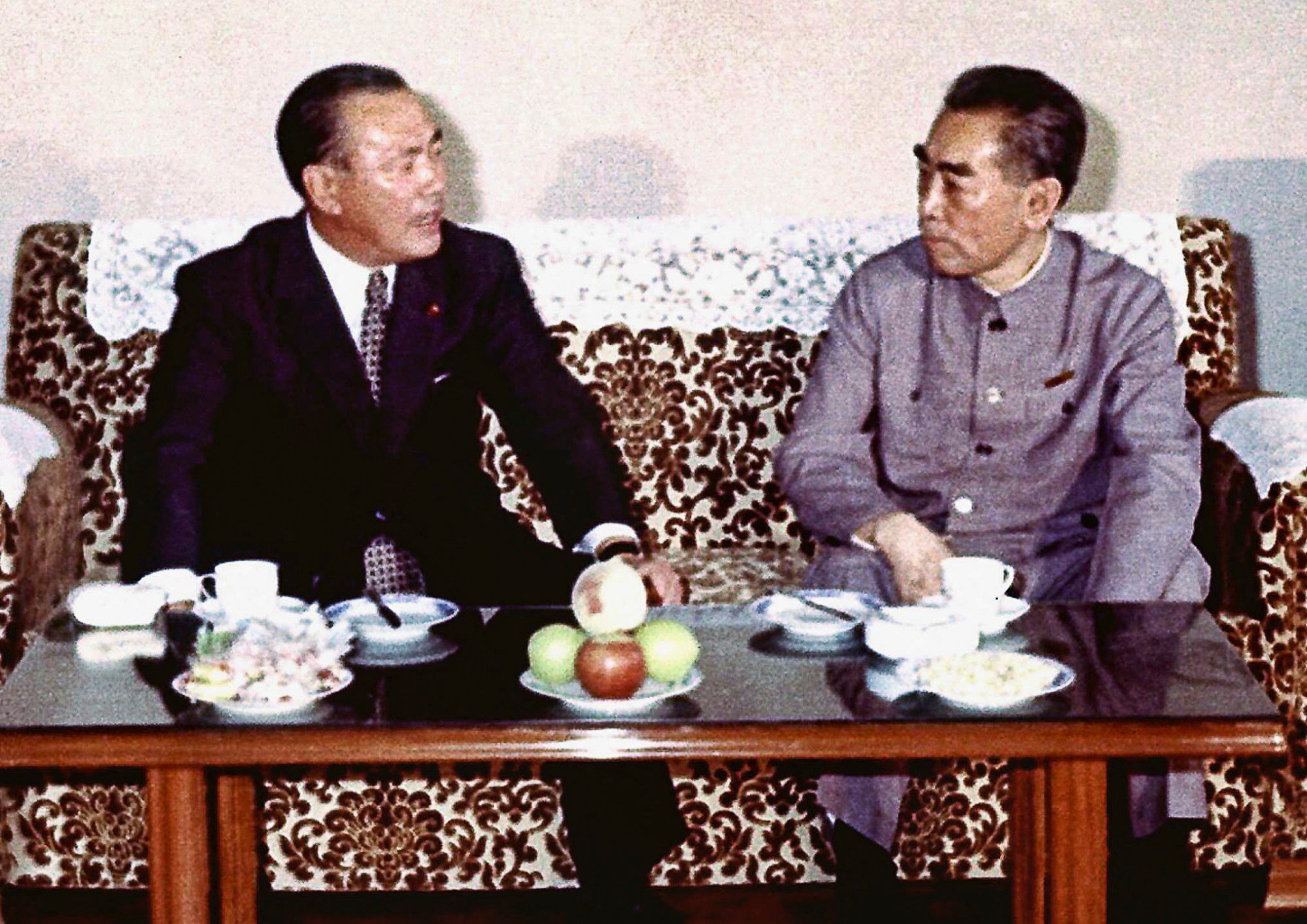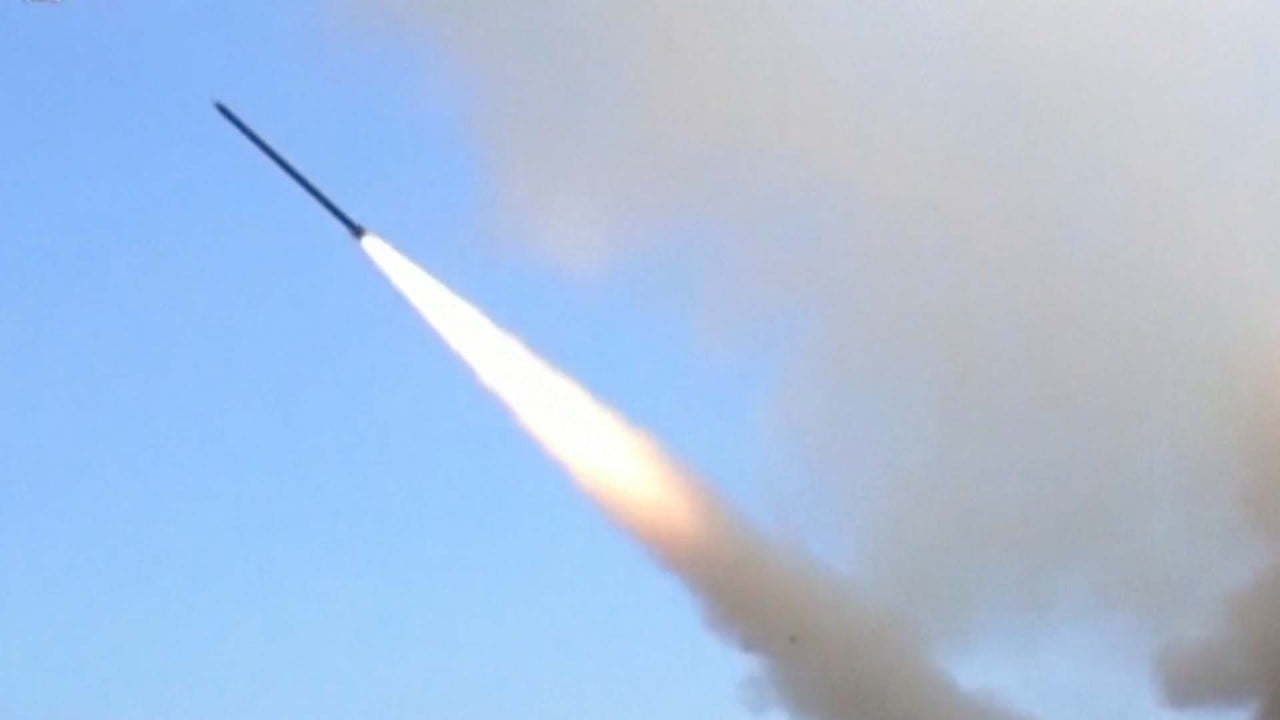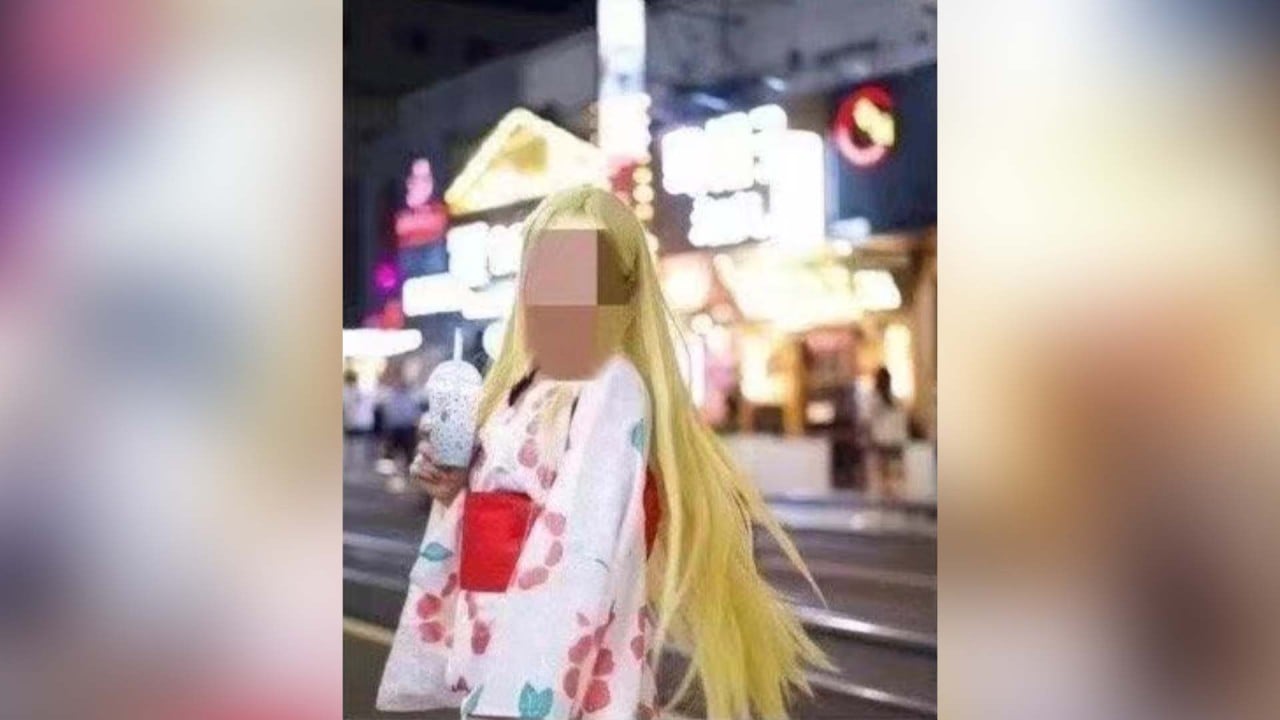
Taiwan tensions put damper on celebration of 50 years of Sino-Japanese ties
- Poll finds nearly 90 per cent of Japanese have negative feelings towards China
- PLA fired missiles into waters Japan claims are part of its exclusive economic zone
In Tokyo, Japanese Prime Minister Fumio Kishida has said he is still considering whether to attend a business event at the end of this month to commemorate the anniversary, even though it is being organised by Kochikai, the Liberal Democratic Party faction he heads, which has a history of actively promoting Sino-Japanese relations.
Kishida walks ‘fine line’ as Japan angers China over Pelosi’s Taiwan trip
Kishida’s reluctance reflected his sensitivity to public criticism for being “pro-Chinese”, Shin Kawashima, a professor at Tokyo University, wrote in an article published by Singapore’s Lianhe Zaobao newspaper on September 8.
“At present, nearly 90 per cent of the Japanese population have negative feelings towards China and being labelled ‘pro-Chinese’ could be fatal to politicians,” he wrote, referring to the results of a poll by Japanese think tank The Genron NPO.
Beijing views Taiwan as a breakaway province to be reunited by force if necessary. The United States, like most countries, does not recognise the self-governing island as an independent state. But Washington does support Taiwan’s military defence capability as well as its expanded presence in global health, crime fighting and aviation – objectives Beijing opposes.
As an ally of the US, Japan needs to stand on the American side amid its escalating competition with China, which included the Taiwan issue, according to Fumiko Sasaki, an international relations specialist at Columbia University in New York who focuses on Asian and Japanese politics.
Nanjing punishes officials for temple honouring Japanese war criminals
She said the US framed the Taiwan issue as defending democracy, “its core value, against the authoritarian regime”, which led Japan to challenge Beijing’s uncompromising stance on its sovereignty.
Cheung Mong, an associate professor with the school of international liberal studies at Tokyo’s Waseda University, said the difficulties and challenges were not new, but a series of left-behind “legal issues” related to Taiwan and other historical controversies dating back to Japan’s invasion of China at the start of World War II.

In the China-Japan joint statement signed by late Chinese premier Zhou Enlai and his Japanese counterpart Kakuei Tanaka on September 29, 1972, and three other friendship agreements signed from 1978 to 2008, Tokyo outlined its one-China policy, recognising that Japan “fully understands and respects” Beijing’s stance that “Taiwan is an inalienable part of the territory of the People’s Republic of China”, the official name of the Chinese mainland.
However, the documents ignored Beijing’s request that the Treaty of Peace between Japan and the Republic of China, known as the Treaty of Taipei, which was signed with Chinese Kuomintang leader Chiang Kai-shek in 1952, be invalidated.
Lessons from history: how Chiang Kai-shek lost China
The Treaty of Taipei affirmed the self-ruled island’s political status and its legitimacy in ruling the inhabitants of Taiwan Island and Penghu, as well as its sovereignty over the Paracel and Spratly archipelagos in the South China Sea. Those rights were also supported by the San Francisco Treaty, signed between Tokyo and Washington in 1951, that saw Japan renounce all its rights, title and claims to Taiwan.
“The resolution of using political settlement to resolve legal disagreements involving [international] law and treaties between China and Japan was inspired by the Shanghai Communique reached between Beijing and Washington in February 1972,” Lin Xiaoguang, a historian at the Central Party School, wrote in an essay in the latest edition of Twenty-First Century, a bimonthly magazine published by the Chinese University of Hong Kong.
The Shanghai Communique is one of three communiques signed between China and the US from 1972 to 1982, with Washington agreeing to support the “one-China” policy, without defining whether that referred to the PRC or ROC, leaving legal room for its strategic ambiguity over the Taiwan issue.
How landmark Shanghai Communique shaped China-US ties for past 50 years
In September 1972, Beijing and Tokyo spent just four days in negotiations to reach political consensus after nearly 23 years of mutual isolation and hostility from 1949, Cheung said.
“Beijing and Tokyo were all keen on normalising ties because they needed to work together to counter the threat posed by the former Soviet Union, making other issues become negotiable,” he said.
But the consensus reached by the top leaders of the two countries had never tried to seek well-grounded understanding from the general public on both sides, Cheung added.
“The unsettled historical controversies have triggered constant disputes in the past five decades just because of increasing political mistrust, especially the Diaoyu disputes,” he said.
Sino-Japanese ties hit their lowest post-normalisation ebb in 2012 after the Japanese government’s nationalised the uninhabited islets, pushing Beijing to establish its first air defence identification zone in the East China Sea – covering the disputed islands – the next year.
“During [2010 to 2012], the two countries were on the verge of clashing over a non-zero-sum territorial issue,” said Ken Jimbo, a policy management professor at Keio University in Tokyo, referring to the Diaoyu Islands.
“The tension was mitigated by the diplomatic wisdom of both countries in agreeing to recognise that different views exist over the issues in the East China Sea.”
Diaoyu Islands: Japan’s nationalisation of islets stirs decade of China tension
Tensions over the Diaoyus were alleviated after Shinzo Abe became Japanese prime minister at the end of 2012 because of his focus on enhancing economic cooperation with Beijing.
“The tension over the Senkaku Islands’ nationalisation in 2012 did not really stop expanding trade between the two, and several years later, even political relationships recovered based on each country’s national interest calculation,” Sasaki said.
Jimbo said the recovery of tourism, business travel and cultural exchanges at the grass-roots level should be the main areas promoted by the two governments.
“However, political confidence at the summit level has not been established as the level of exchanges is limited to date,” he said.
Cheung said mutual political confidence could only be built when both sides were able to alleviate mistrust, reach real political compromises on historical controversies and join together to reshape their collective war memories.



